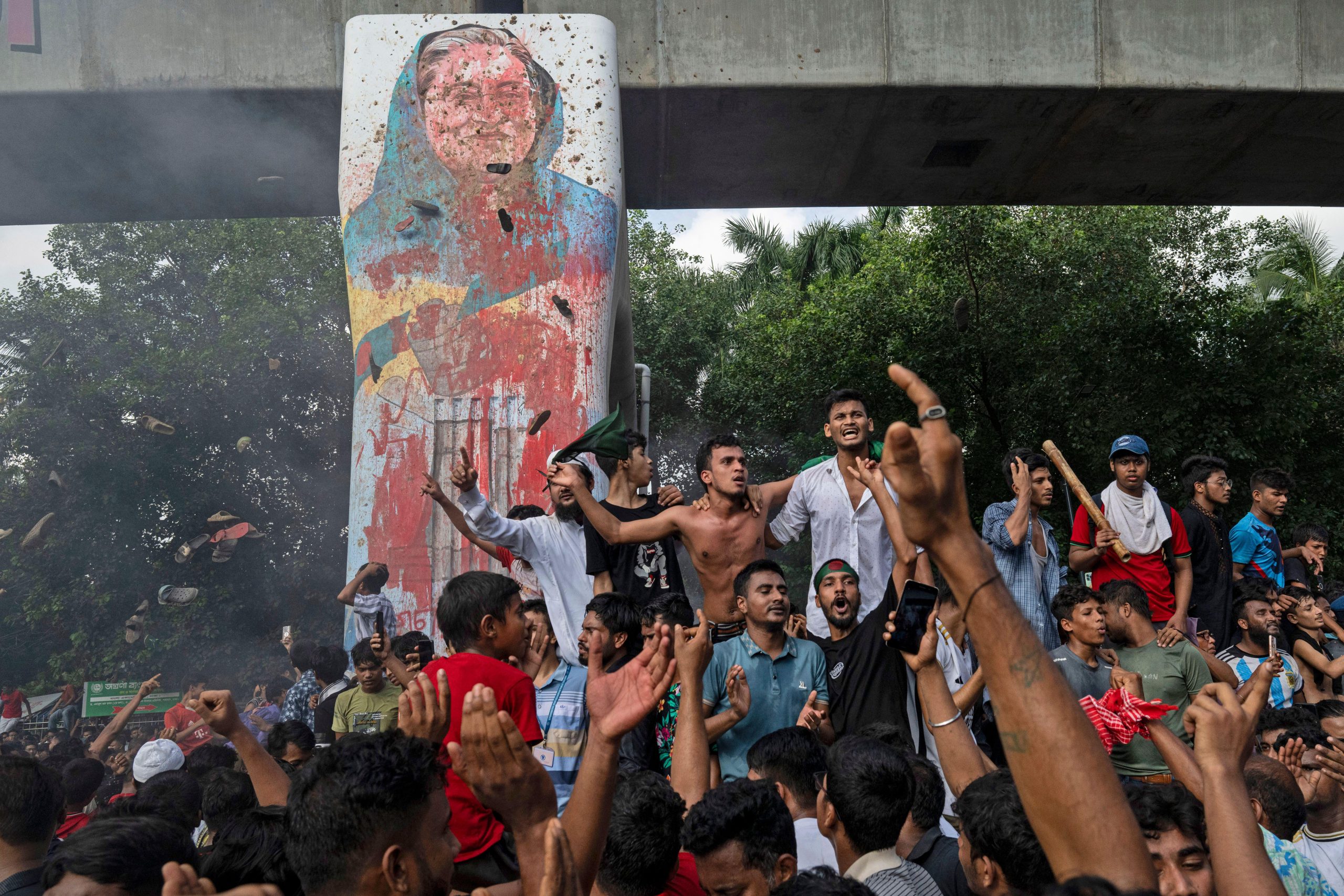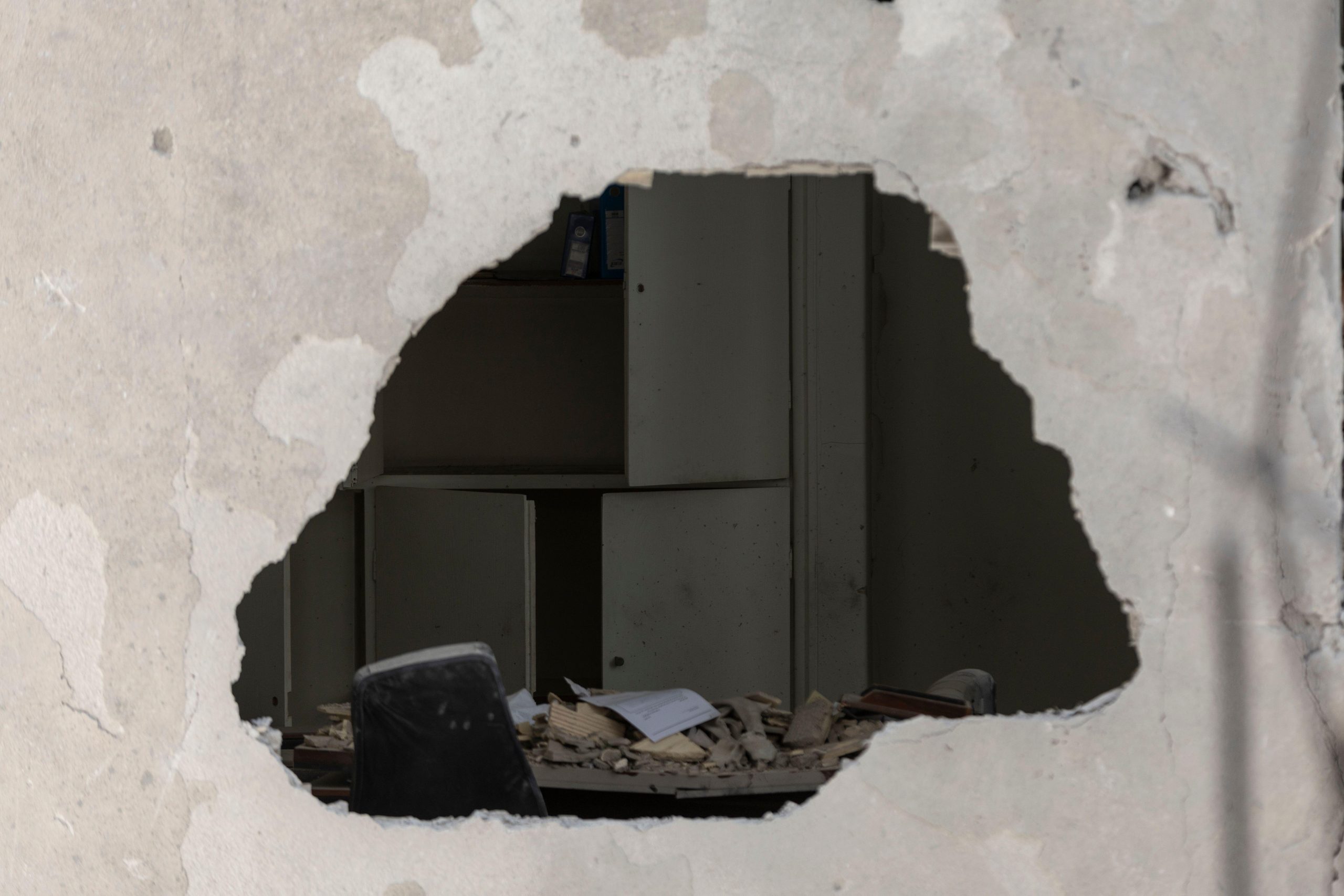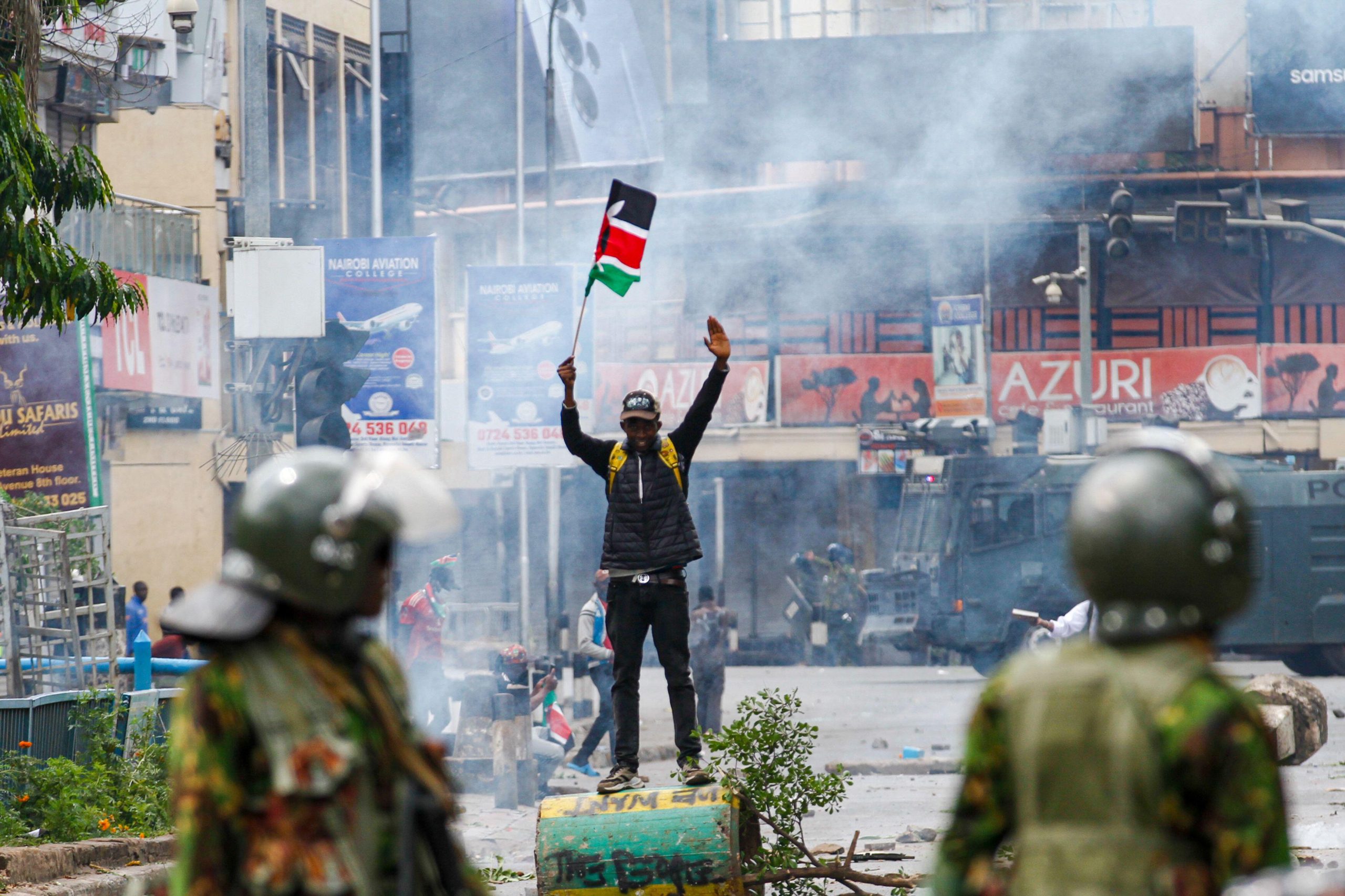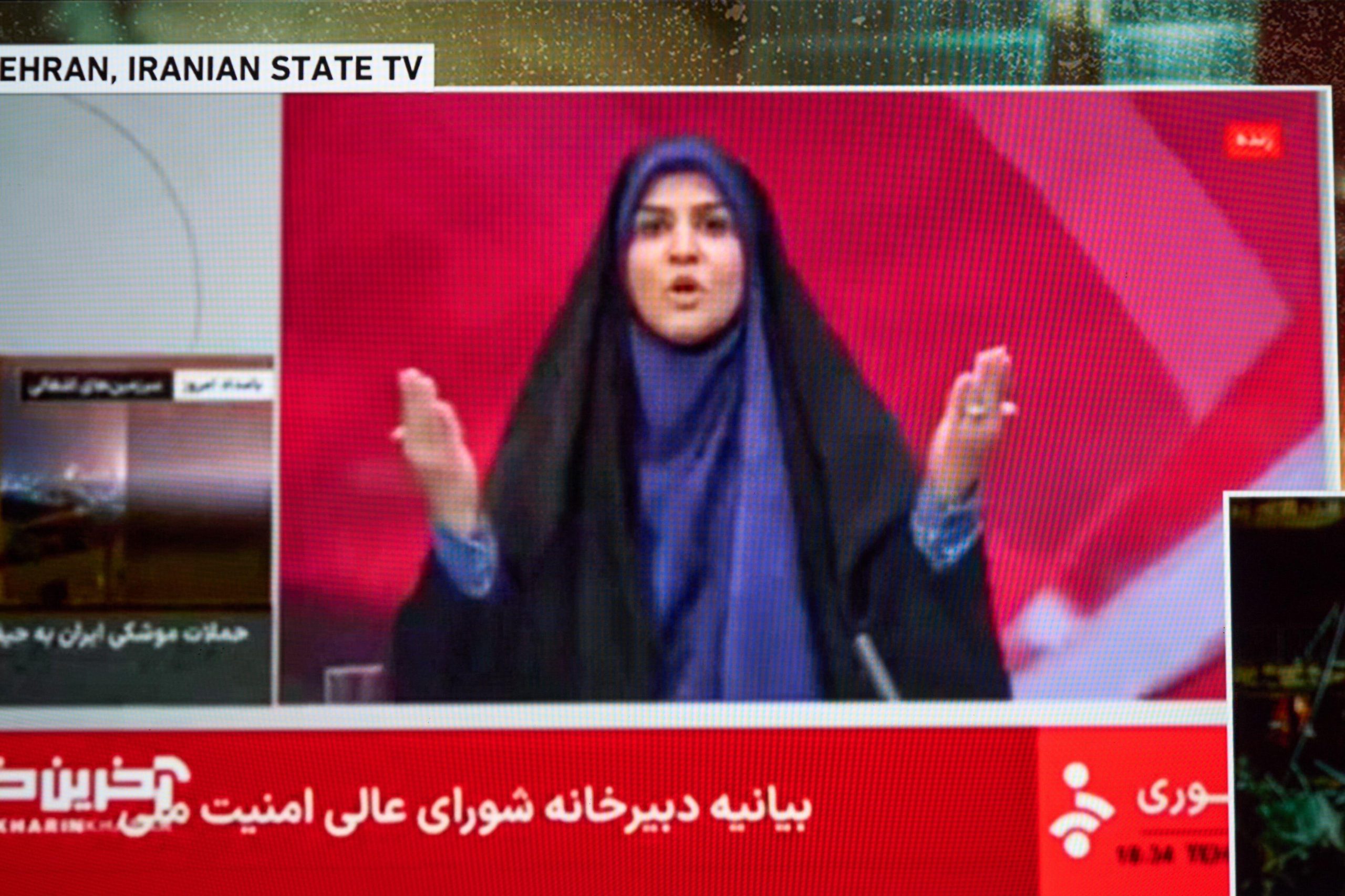 Barack Obama has promised to run the most transparent administration in history. He could make a good start by opening the government’s files on torture, says Jameel Jaffer
Barack Obama has promised to run the most transparent administration in history. He could make a good start by opening the government’s files on torture, says Jameel Jaffer
In 1971, the US Supreme Court held that the government could not lawfully stop the press from publishing the so-called ‘Pentagon Papers’, a classified Defense Department study of the United States’ involvement in Vietnam. Concurring in the Court’s judgment, Justice Hugo Black observed that ‘the guarding of military and diplomatic secrets at the expense of informed representative government provides no real security for our republic’. Justice Potter Stewart advanced a similar argument: ‘In the absence of checks and balances present in other areas of our national life, the only effective restraint upon executive policy and power in the areas of national defence and international affairs may lie in an enlightened citizenry — in an informed and critical public opinion which alone can here protect the values of democratic government.’ For the last eight years, the Bush administration sought to neutralise what Justice Stewart described as the ‘only effective restraint upon executive policy and power’ by thwarting public access to information about government policies adopted in the name of national security.
The administration was particularly assiduous in its efforts to control information about policies relating to detention and interrogation. Almost seven years after the first prisoners arrived at Guantanamo Bay Naval Base, and more than four years after the publication of the Abu Ghraib photographs, hundreds of critical documents relating to the Bush administration’s detention and interrogation policies are still being withheld. Since 2003, the American Civil Liberties Union has been trying to unearth the documents that the Bush administration has been suppressing. In October 2003, the ACLU and several other advocacy organisations filed a request under the Freedom of Information Act (FOIA) for documents relating to the treatment of prisoners held by the United States overseas. At the time, there was very little information available to the public about the conditions in which prisoners were being held or the methods being used in interrogations.
The Washington Post had reported that US interrogators had subjected some prisoners to ‘stress and duress’ methods, but details were scant and the report was based largely on anonymous sources. The New York Times had reported that the Defense Department had initiated an investigation into the deaths of two Afghan prisoners in US custody, but there was no publicly available information indicating whether the deaths were the result of interrogation policy or reflective of a broader pattern. We filed our FOIA request because we thought that the public had a right to know whether the government’s interrogation policies were consistent with domestic and international law.
The government stonewalled our FOIA request for months. (At one point the Defense Department told us that it would not expedite the processing of our request because there was no ‘compelling need’ for disclosure of the records we had demanded.) In April 2004, however, CBS and the New Yorker published photographs of prisoners being abused by US military personnel at Abu Ghraib prison in Iraq, and the publication of the photographs sparked outrage not only in the United States, but around the world. We filed a lawsuit in June 2004 and appeared before Judge Alvin K Hellerstein for the first time in August of that same year. The judge, plainly influenced by the Abu Ghraib photographs, issued a strongly worded ruling, ordering the government to respond to our request. ‘The information plaintiffs have requested are matters of significant public interest,’ Judge Hellerstein wrote. ‘Yet, the glacial pace at which defendant agencies have been responding to plaintiffs’ requests shows an indifference to the commands of FOIA, and fails to afford accountability of government that the act requires.’
The judge questioned the government’s motives for withholding the documents we had requested. ‘If the documents are more of an embarrassment than a secret, the public should know of our government’s treatment of individuals captured and held abroad.’ Numerous prisoners had been killed during interrogation; some had been asphyxiated and beaten to death. Since August 2004, the FOIA litigation has yielded more than 100,000 pages of government documents, some of them critical to the public’s understanding of the government’s interrogation and detention policies and of the policies’ consequences. In late 2004, for example, we obtained documents in which agents of the Federal Bureau of Investigation criticised the methods being used by military interrogators at Guantanamo Bay. (In one document, an FBI agent describes the military’s methods as ‘torture techniques’, and in other documents FBI agents complain that the military methods are not only illegal, but also ineffective.) In 2005, we obtained an interrogation directive in
which the highest-ranking US military officer in Iraq authorised interrogators to terrorise prisoners with dogs and subject them to ‘stress positions’, extreme temperatures and prolonged isolation. In 2006, the government disclosed autopsy reports that showed that numerous prisoners had been killed during the course of interrogations; the government’s reports showed that some prisoners had been asphyxiated and beaten to death. More recently, the government disclosed heavily redacted memos in which government lawyers endeavoured to supply a legal basis for the use of torture. In one such memo, attorneys with the Office of Legal Counsel, a component of the Justice Department, told the CIA that it could lawfully subject prisoners to ‘the water board’.
Waterboarding is a form of torture in which the prisoner is suffocated and forced to inhale water. It is a method sometimes described as ‘simulated drowning’, but in fact there is nothing ‘simulated’ about it. The information that has been released thus far is incomplete, but it paints a grim picture. We know that the administration’s lawyers invented a new legal framework — what President Bush once called a ‘new paradigm’ — meant to permit barbaric interrogation practices and to insulate interrogators and officials from prosecution for war crimes. We know that, in reliance on this new legal framework, interrogators subjected prisoners to abuse and even torture. We know that the abuse of prisoners was systemic, not limited to Abu Ghraib, and indeed that hundreds of prisoners have died in the custody of the US military and that many others have disappeared into the CIA’s secret detention system. But in the waning days of the Bush administration, leading figures continued to state in public that abuse was aberrational, that policymakers disapproved of it and that those responsible for it have been held accountable. Many critical pieces of information have not been released to the public, and should be. The administration continued to withhold the directive in which President Bush authorised the CIA to establish secret prisons overseas. It continued to withhold legal memos written in 2005 which permitted the CIA to use interrogation methods that are prohibited by domestic and international law. It also continued to withhold photographs that depict US military personnel abusing prisoners at facilities other than Abu Ghraib. In our view, the release of these photographs is critically important, because visual images would show, far better than any textual description possibly could, the consequences of the government’s policies with respect to the treatment of prisoners.
We believe that the administration sought to suppress the photographs for the same reasons we sought to unearth them — because the photographs would humanise the victims of the administration’s policies and supply further evidence that the policies developed by officials in Washington had real consequences in military detention centres overseas. (An appeals court recently rejected the government’s justifications for withholding the photographs, but the government has sought further review.) The government defended the continued suppression of the photographs with arguments that, were they to be accepted by the courts, would severely undermine the right of public access and the work of human rights organisations. The administration contended that the photographs’ release could lead to retaliation against Americans and that the photographs would be used as propaganda. It would be a disaster if such assertions were permitted to justify the suppression of information about unlawful government conduct.
Indeed, the government’s argument turned the FOIA on its head. It effectively proposed that the greatest protection from disclosure should be afforded to records that depict the worst government misconduct. (Notably, the Bush administration first made this argument in legal papers that the government filed under seal. In other words, the government sought to deny the public access not only to the photographs, but to the legal arguments that purportedly justified the suppression of the photographs. The court ultimately ordered the government to make redacted versions of its papers available to the public.) The government also argued that the release of the photographs would violate the prisoners’ privacy rights and violate the Geneva Conventions’ prohibition against exposing prisoners to ‘insults and public curiosity’. This is an audacious argument for several reasons. The administration had previously argued that the prisoners were not entitled to the protection of the Geneva Conventions at all; indeed, the photographs captured abuse that resulted in large part from the administration’s decision to deny the prisoners the protection of the Conventions. Moreover, previous US administrations had championed the use of similar photographs as a means of publicising abuse and advocating for the humane treatment of prisoners; during the Second World War, for example, the United States widely disseminated photographs of prisoners in German and Japanese prison and concentration camps — not to ‘insult’ the prisoners, of course, or to subject them to ‘public curiosity’, but to bring attention to their plight and to serve the Conventions’ central purpose: to ensure that prisoners are treated humanely. Finally, we had insisted from the outset that the photographs should be redacted of identifying information –– ie that faces and other identifying features should be obscured. It is difficult to see how the release of the photographs under these circumstances could jeopardise any privacy interest. Over the last eight years, the FOIA has brought a degree of transparency to the government’s national security activities.
Clearly, though, the FOIA must supplement other democratic mechanisms of accountability; it cannot be the only mechanism. In recent years, unfortunately, the other possible checks on executive power failed fundamentally. Congressional oversight of the Bush administration’s national security activities was weak or nonexistent. Indeed, at several critical junctures over the last eight years, Congress served as a facilitator for abuse by the executive branch. For example, Congress twice sought to strip the courts of authority to hear habeas petitions brought by prisoners held at Guantanamo Bay. The courts, too, have been less than aggressive in policing the government’s national security activities. Cases relating to the abuse and torture of prisoners are illustrative. Virtually all of these cases – including every case relating to the CIA’s ‘rendition’ programme — have been shut down on ‘state secrets’ or other procedural grounds. The government has argued — successfully, thus far — that the CIA’s rendition programme is a ‘state secret’ even though senior administration officials have acknowledged its existence, even though victims of the programme have spoken to the press about their experiences, and even though multiple governmental bodies, including the Council of Europe, have published reports about it. As one of my colleagues has observed, the only place the rendition programme is a secret is in American courts. The FOIA has proved to be an essential tool, but over the last eight years we have learned that it is not sufficient in itself to ensure the kind of transparency — let alone the kind of accountability — that democracy requires. An administration committed to obfuscation can, with the silence or support of the political branches, thwart the public’s access to even the most fundamental information. President elect Obama has promised to run ‘the most transparent government’ in American history. Come January, he could begin to make good on that promise by ordering executive agencies to release the torture files that are still secret.
 Jameel Jaffer is director of the American Civil Liberties Union’s National Security Project and co-author, with Amrit Singh, of Administration of Torture: A Documentary Record from Washington to Abu Ghraib and Beyond (Columbia University Press)
Jameel Jaffer is director of the American Civil Liberties Union’s National Security Project and co-author, with Amrit Singh, of Administration of Torture: A Documentary Record from Washington to Abu Ghraib and Beyond (Columbia University Press)
This article originally appeared in ‘Mission Accomplished‘ (Index on Censorship, Volume 37, Number 4)





